This would have been posted yesterday if not for a major storm in California that hit with high winds blowing down fences and trees accompanied by a lot of rain – my power was off for about six hours – Mike
Op Ed: Let’s declare all is forgiven and roll out the red carpet to France…
by Wallace Wyss –
When you go to an International Auto Show in the U.S, you see German cars (including some German cars made in Austria). You see Italian cars. You see Japanese cars. But you don’t see French cars (except for the Bugatti, from a firm which rarely deigns to appear at a mass market auto show in the U.S.).
This is ironic because French cars were once King of the Hill at the end of the 19th century. There was even a steam powered car being made in France in 1873. The French beat the Germans in producing the first car, the l’Obéissante, made in Le Mans. It was steam powered. The French auto industry simultaneously worked to develop steam, electric and gasoline engines.
The Germans took note and Daimler and Maybach developed a small air cooled engine which they had to sell to France to get it on the road. It was licensed to Panhard et Levassor and then sold to Peugeot. With its 2 hp. engine it still put out enough power to get the car up to 11 mph.
I remember as a youth in the Sixties in Detroit seeing some students driving Renaults, usually the Dauphine, but were extremely rare–sometimes you would see a foreign born engineer at one of the Big Three would drive one just to show he wasn’t part of Groupthink (and by the way showing up in the parking lot with a car not made by your employer was enough to get you fired…)
In the 60’s and the 70’s the French Big Three (Peugeot – Citroën – Renault) were all represented by dealers in North America. Chrysler imported a brand called Simca.
One onerous thing to the French auto industry was the constantly-changing U.S. laws so that the last French cars imported to the U.S had to have different headlights and bumpers in America. It is said that was one reason why Citroen abandoned the U.S. in 1974, because they felt U.S. laws would prevent a Citroen from looking as it was designed to look.
(This is not counting some imported by gray marketers, for between 1974 and 1997, some Citroëns were brought in by a Dutch company called CxAuto which remanufactured Citroëns to come in line with US Federal rules. The main modifications were the headlights and the side lights (yellow for the front ones, red for the rear ones). But as the laws became more complicated, the middle class car wasn’t worth the expense of legalizing.
So France went into the ’80s shipping only Peugeot and Renault to the USA and Canada.
You would think a French automaker buying an American automaker would solidify France’s right to ship cars to the U.S. In 1979 Renault bought American Motors Corporation when AMC was bankrupt. Renault loaned 135 million USD to AMC which bought them some floor space at AMC dealerships. Plus they opened a new plant in Canada—Bramalea–said to be the most advanced automotive assembly plant in North America. Renault was entrepreneurial, even selling Jeeps to China in the middle of the cold war.
Then there was a problem with the US government, where the Pentagon didn’t like the fact that AM General, a key defense contractor, was owned and run by a partially French-government-owned firm. AM General Division was sold.
Georges Besse, new Renault’s CEO, pointed the way technology wise with modern, fuel-injected 4.0 L and 2.5 L engines developed at this time and Jeeps were a best seller. But on November 17, 1986, Georges Besse, a model capitalist, was murdered in Europe by Action Directe, a secret militarist group.
Renault then sold their shares of AMC on March 9, 1987, to Chrysler, for about US $1.5 billion.
Renault stopped importing to North America but you could say they partially returned in 1999 when Renault bought Nissan. That gave Nissan some European technology such as Renault’s chassis to use or re-engineer.
Peugeot though, didn’t make it in America because the Japanese automakers could deliver more reliability at a lower price. As their swan song, Peugeot launched the 404 in the U.S., a luxury model that would go up against say, Oldsmobile, but they didn’t want to set up individual stand-alone dealerships. So by the time the improved 605 was announced, Peugeot was gone from the U.S. and that model never got to America.
Peugeot’s last year in the North American market was 1991. The writing was on the wall as the sales dwindled. In 1986 Peugeot imported some 14,000 vehicles to North America. Five years later, they were down to 4000. Detroit drops a car when it sells below 15,000 units annually so Peugeot no doubt figured that such a handful of cars was not worth spending money on for engineering and design work needed to meet US and Canadian specifications.
FRENCH CARS A VAGUE MEMORY
So now we have a whole generation of Americans whose knowledge of French cars is only a glimpse at a concours of a Citroën DS, a Renault Alpine, a Renault Turbo II, a Peugeot 404 coupé or an exceedingly rare Facel Vega…or maybe seeing a film done in Europe.
There was yet another attempt to bring back a French car by a gray marketer. In 1991, CxAuto showed the XM at the New York Motor Show, and began selling the XM Pallas (combined with the 2.0 injection engine) and the XM Vitesse (combined with the 3.0 V6 engine). In 1993, the XM Exclusive was added to the range. But the XM was more luxurious and cost 40% more than the CX Prestige, at over $50,000 so only a few examples were sold. More’s the pity–if this car had penetrated the elite enclaves of America, it could have put more pressure on Detroit to have more comfort, and luxury.
WHY FRENCH CARS FAILED IN THE US
The problem that French cars had in the US was that they were designed for the French, not Americans.
Because they were designed for economy, not acceleration. Americans wanted both. We had cheaper gas so we could stand a little less mileage if we got quicker acceleration in return.
Plus in some cases the French didn’t pay attention to designing for Americans, such as the 4-speed column shifter – a mystery to Americans. The Citroen 2CV had folding windows. And the hydraulic suspension on many Citroëns was confounding–you had a leak and the hydraulic fluid could spray on cars two lanes away!
Plus it was a long way between dealers, not good when the French cars were thought of as unreliable, I am not saying American cars were more reliable but there were parts for American cars in every town from sea to shining sea. Try buying a part for a Renault or Citroen at a local parts store.
I am a Francophile, not as much as I am an Anglophile, but I have enjoyed my brief travels in France, immersing myself in, say, the Frenchness of it all (such as the time I was in the Loire valley at a chateau and witnessed some Frenchmen riding to the hounds or my first Le Mans race I attended or that beach in Monte Carlo where you could dine on a gourmet breakfast in a nice restaurant on the sand, in full view of everything there was to see. I consider France to be a major European nation and hate to see 99.99% of their cars locked out.
NOT THAT UNIQUE BUT THERE’S FRANCOPHILES WHO WOULD BUY IT
In truth, Peugeot and Citroën don’t have what you would call a unique selling preposition for the US market. They are are not much better, not much more beautiful, nor more fuel efficient (and there are already some Japanese cars claiming 50 mpg).
But there are still Francophiles who would like to drive something French, just as when I lived in Michigan prior to 1970, several people made that effort, as hard as it was.
True if the French brands come to the US, they would face an uphill battle not only against American brands but against VW, Audi BMW and Mercedes from Germany and Jaguar from England but Honda, Mazda, Subaru and Toyota from Japan and Hyundai and Kia from Korea. Automakers do at times pull themselves out of a market, like GM pulled out of both the European market and the Indian market. But I would like to see French cars sold here because I think they would bring something to the table that’s not here now. We need a little Je ne sais quoi so to speak.
AN ARMISTICE
So I propose an amnesty of sorts. In line with the recent emphasis on made in America, I think we ought to have several cities in America compete to get a French automaker to set up an assembly plant in the U.S. Much as they now compete for an Amazon regional HQ.
And then rather than wait years for an existing French model to be re-engineered to fit American standards, allow the 100% French market version to be sold in the U.S. for three years until they can bring in models in full compliance.
I have seen French concept cars that show they are capable of state of the art design. I hate to think that none of the production models built from these designs will be allowed in the US because of some ridiculous falling out many decades go.
I even think French design would cause Detroit to up its game, design-wise. The more competition the better and to show new French cars in America could be as influential as French fashion is in the women’s world.
I was at Motor Trend back when the Citroën SM won Car of the Year for 1972, beating out the Porsche 911S and the BMW Bavaria. Now in 2019 if I had to describe that to a young American enthusiast, I don’t think they would believe it–a time when a French import was so recognized by an American magazine.
When I go to concours and see a Facel II I realize they once had luxury cars that rivaled Cadillac, I’d like to see that again. When I watch the world news and see diplomats arriving at meetings in the latest Citroen I realize we’re missing something, some slice of France is being denied us and for what reason?
I know there will be those who say a French car produced in say, the Carolinas, would not be French but nobody is saying that the German cars made in the U.S. aren’t German.
So I say for 2019 let’s see an olive branch passed to the French government in the form of some effort made by the US Congress to change the import law and then a resultant effort by willing Chambers of Commerce to bring back the cars of France to America.
Let us know what you think in the Comments.
Wallace Wyss
THE AUTHOR: Wallace Wyss, the author of 18 automotive histories, is a co-host of Autotalk, a radio show broadcast out of KUCR FM Riverside.

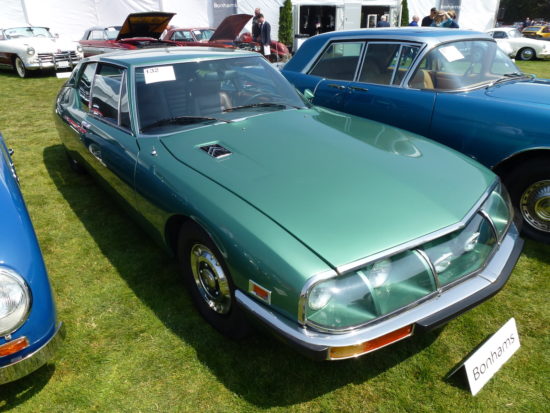
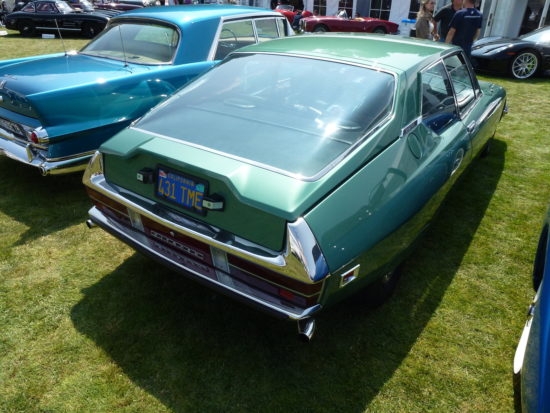
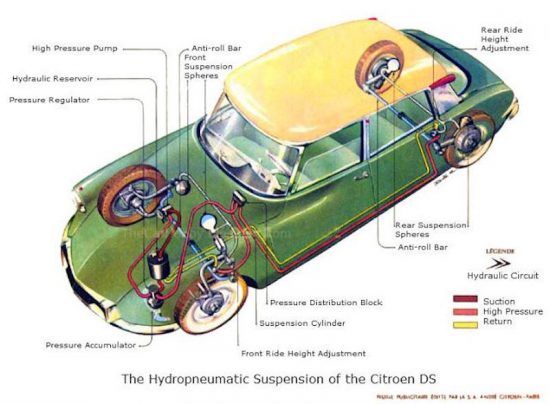


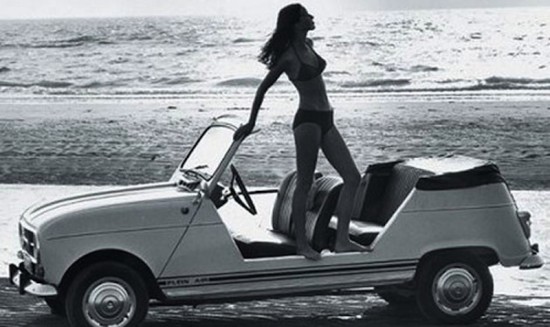
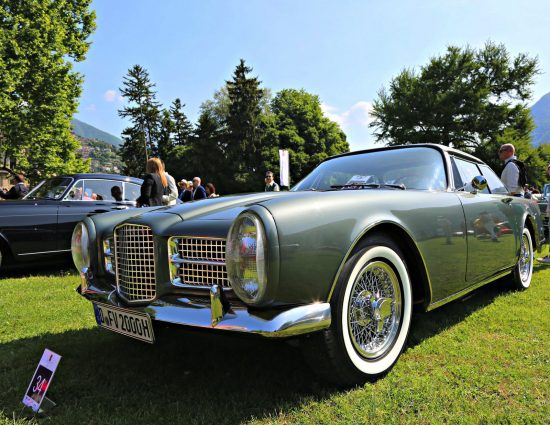
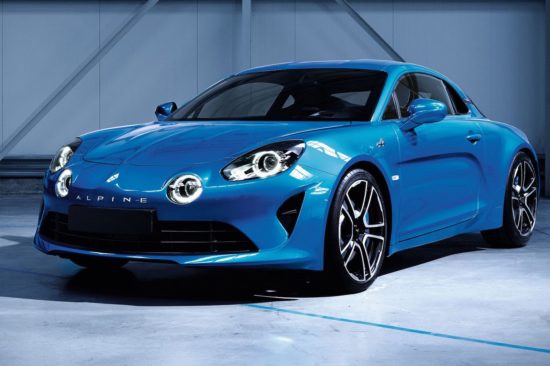
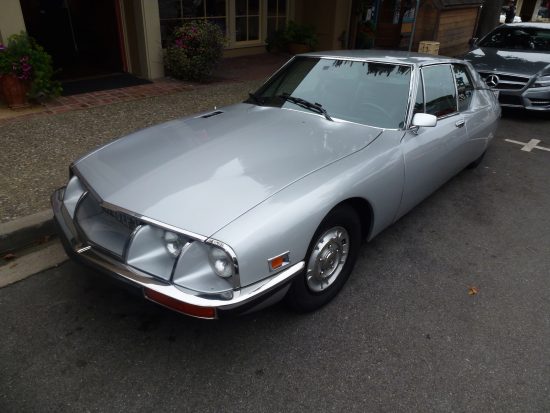
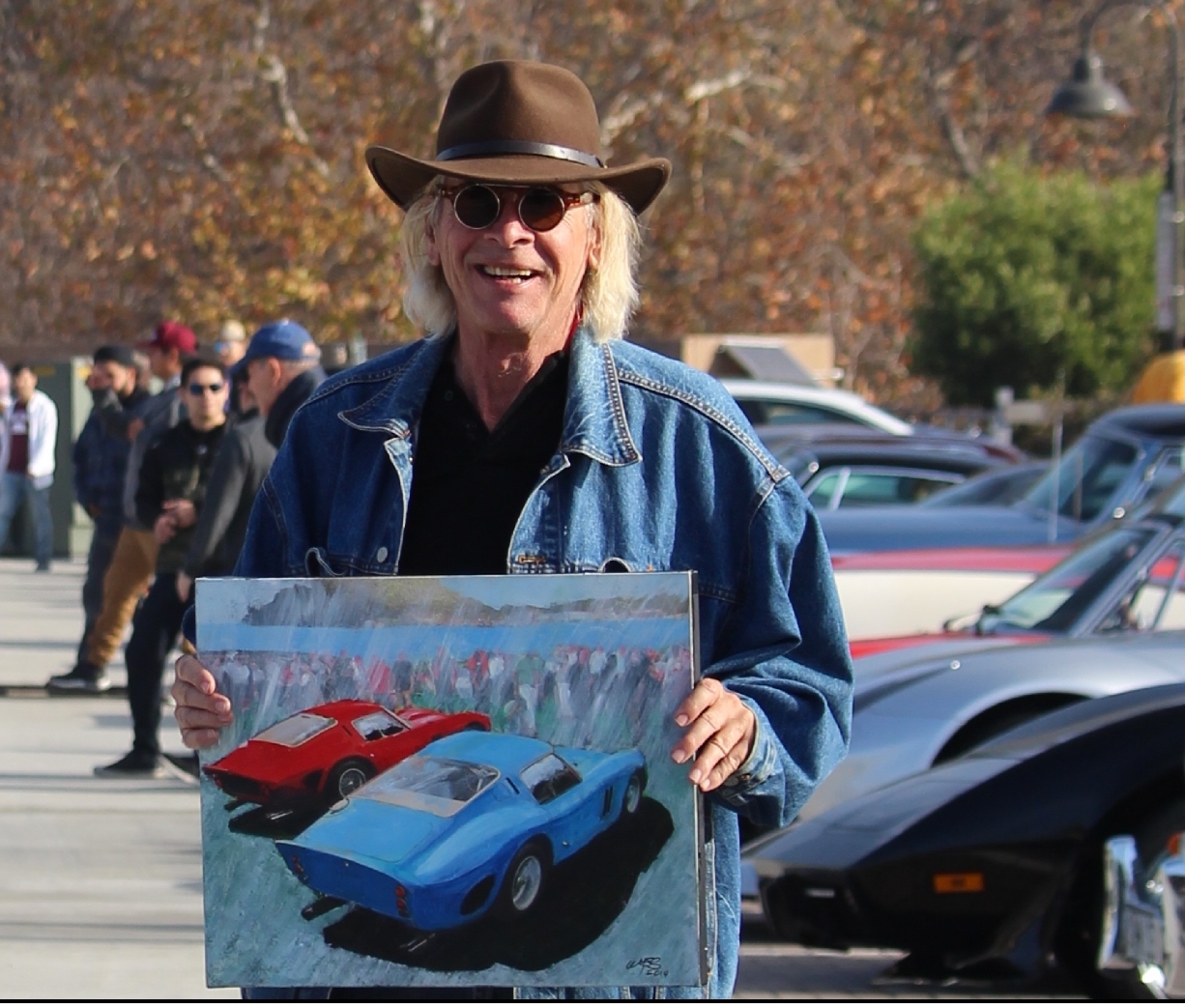
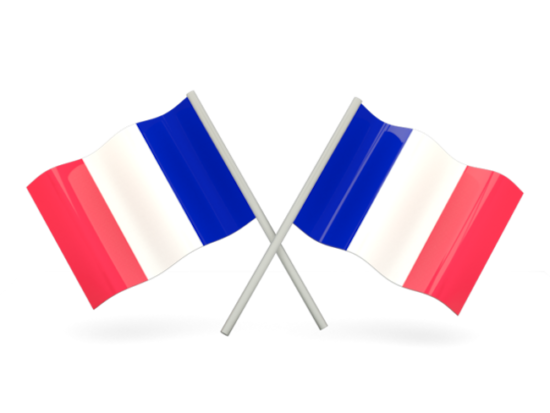


Something nice that involves French cars in America to warm us up on a cold winter day!. With a special thanks to the PSA Group in Paris for being an extraordinary sponsor!
Please enjoy:
https://www.turbo.fr/emission-turbo/citoren-aux-usa-des-fans-chevronnes-extrait-turbo-du-30092018-143598
Sincerely,
HS
Peugeot is returning to the US in a 3-part, 10 year plan. They are starting by using their cars in a shared mobility platform (ridesharing) starting in California, and are going to spread it out from there. They are basically taking baby steps in returning here. Glenn in the Bronx, NY.
Actually, in the US the PSA Group is a “mobility” company currently experimenting with ride sharing as mentioned above. They are not using any of their cars, rather they are using smaller Chevrolet crossovers ( at least Louis Chevrolet was a “Romandie” – French speaking Swiss). I believe the only French manufactured cars operating in fleet service in a ride sharing program in the US are the electric Bollore Bluecar. Their initial attempt was a program in Indiana, I don’t know if it is still operational there. The next step was to go to California. I drove the Autolib (Bollore) cars in Paris and it was fun. Sadly, in June the program ended.
https://www.reuters.com/article/us-france-autos-autolib/paris-ends-autolib-electric-car-sharing-contract-with-bollore-idUSKBN1JH2CM
https://www.electrive.com/2018/06/23/paris-terminates-electric-car-sharing-contract-with-bollore/